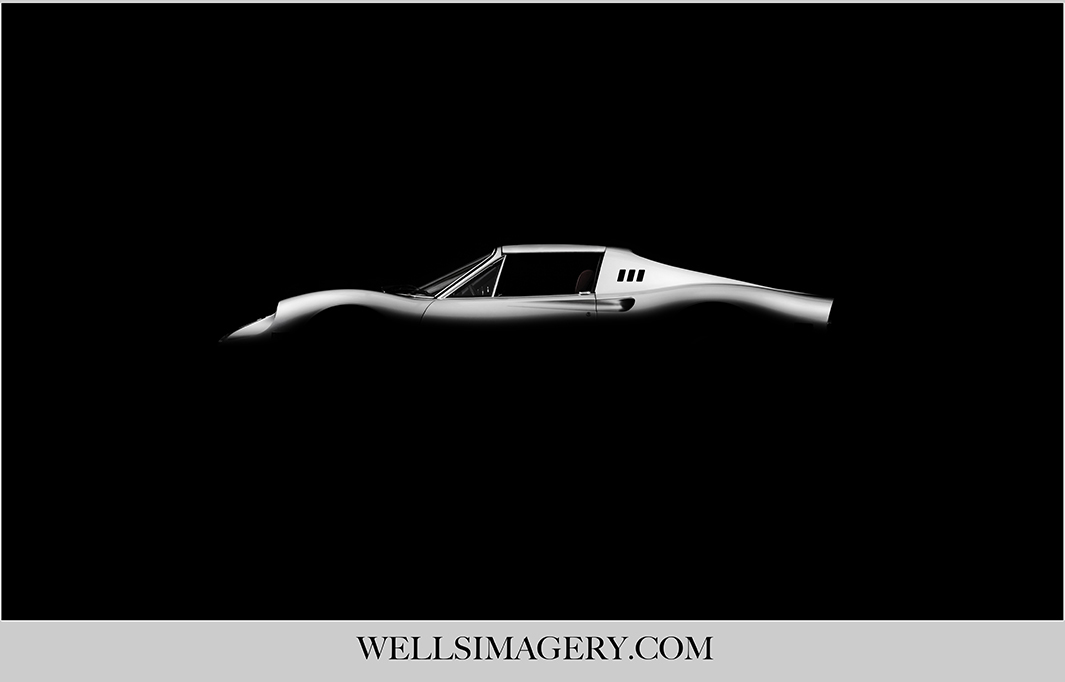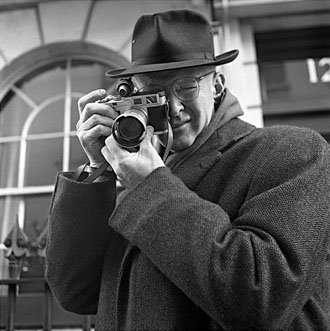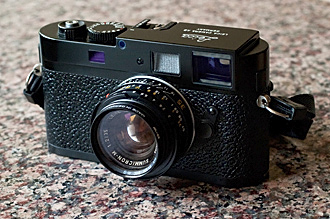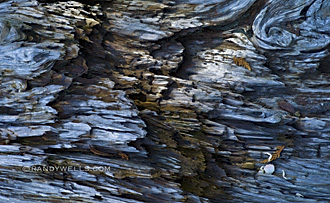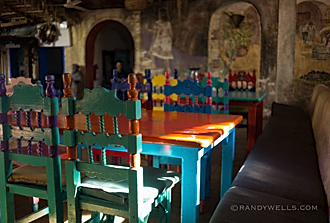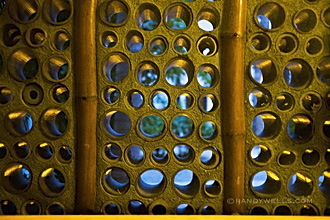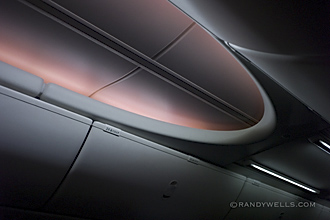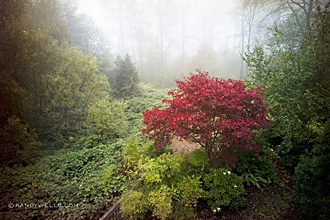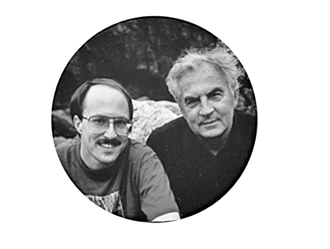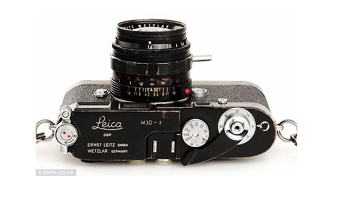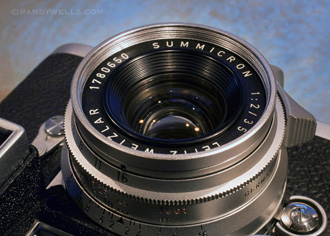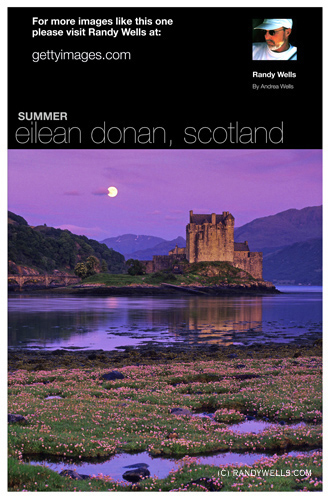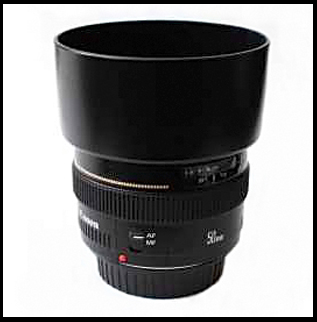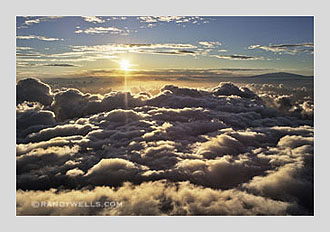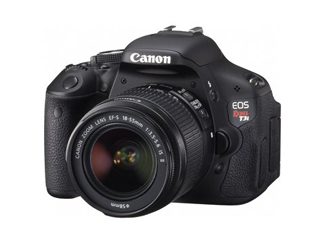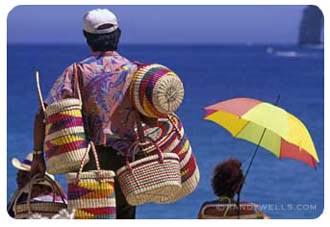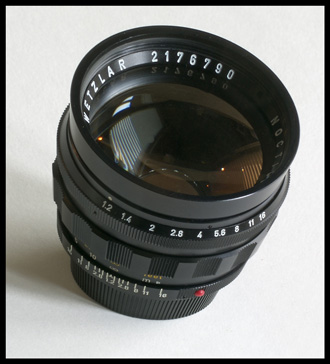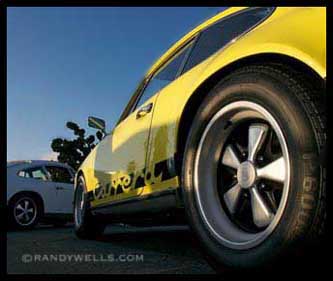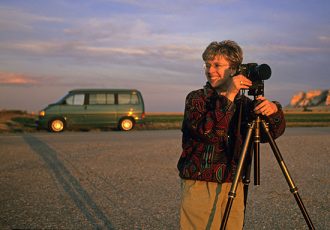
PHOTOGRAPHY – A LOOK BACK
I posted these tips on a forum recently. Hope they help:
I started shooting with a Kodak Brownie camera as a kid, won an award from Kodak when I was 12, hitchhiked around SF in the summer of ’68 for two weeks as a teenager with a Canonet, then put away the camera for eight years during pre-med and graduate school.
Eventually I bought a Canon AE-1 in 1976. After learning B&W, I graduated to Kodachrome 25 and a Canon F-1, which was used religiously for the next five years. Then moved to Leica and Leicaflex, Hasselblad, and Pentax 6×7 for another fifteen years. Now I primarily use a three Canon digital SLRs and various lenses from 14mm to 500mm for assignments and a Leica M9 rangefinder for personal work. Continue reading “”
